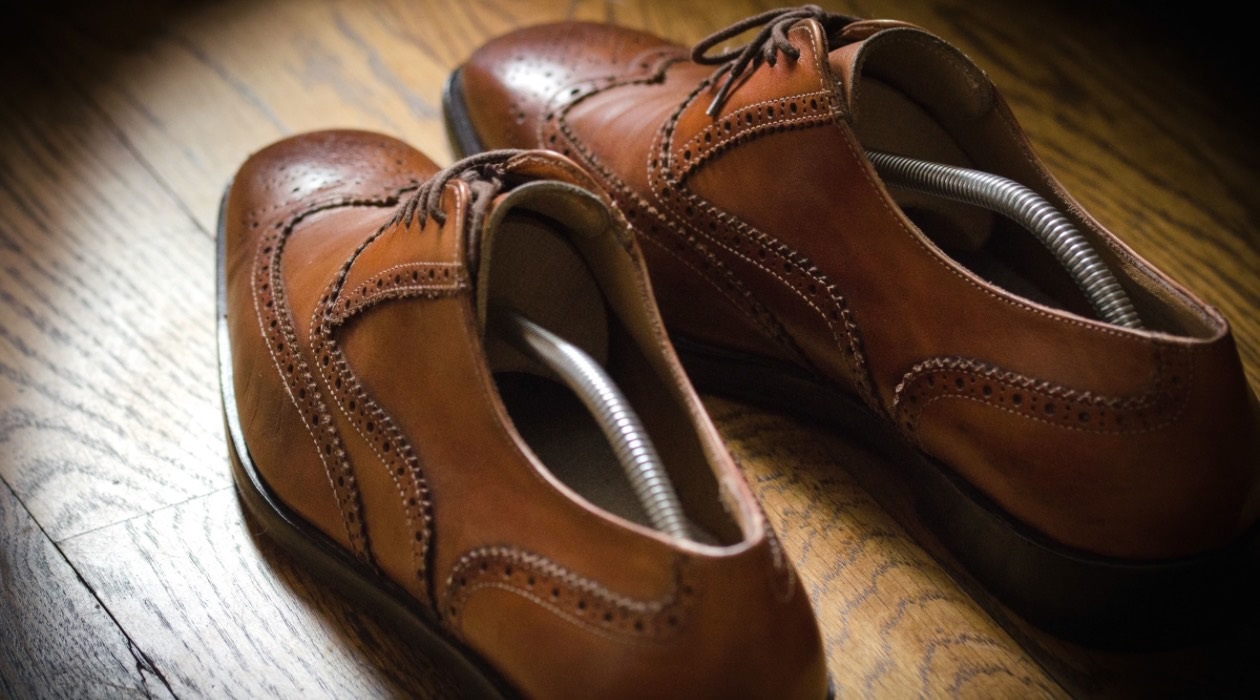

Articles
How To Store Leather Shoes For A Long Time
Modified: January 18, 2024
Discover effective methods for storing leather shoes to maintain their quality and longevity. Read our informative articles for expert tips and advice.
(Many of the links in this article redirect to a specific reviewed product. Your purchase of these products through affiliate links helps to generate commission for Storables.com, at no extra cost. Learn more)
Introduction
Leather shoes are not just a fashion statement; they are an investment. When properly cared for and stored, leather shoes can last for years, maintaining their quality and appearance. Whether you have an extensive shoe collection or just a few pairs of high-quality leather shoes, knowing how to store them correctly is essential to preserve their longevity.
In this article, we will guide you through the process of storing leather shoes for a long time. From choosing the right storage environment to cleaning and conditioning, as well as using shoe trees and proper shoe boxes, we will cover everything you need to know to ensure your leather shoes stay in top condition.
Before we dive into the details, it’s important to note that leather is a natural material prone to damage if not cared for properly. Exposure to extreme temperatures, humidity, and direct sunlight can cause the leather to fade, crack, or even develop mold. Therefore, it’s crucial to create the perfect storage conditions for your precious leather shoes.
Now, let’s get started and explore the steps for storing leather shoes effectively, so you can enjoy them for years to come.
Key Takeaways:
- Preserve the longevity of your leather shoes by choosing the right storage environment, cleaning, conditioning, and using shoe trees. Proper care ensures they remain in excellent condition for years to come.
- Protect your investment in leather shoes by following storage guidelines, including stuffing, wrapping, and storing in proper shoe boxes or a closet. Additional tips and precautions help maintain their quality and appearance.
Read more: How To Store Leather Boots
Choosing the Right Storage Environment
When it comes to storing leather shoes, the first step is to find the right storage environment. Ideally, you want to keep your shoes in a cool, dry, and well-ventilated area. Here are some key aspects to consider:
- Avoid high humidity: Moisture is the enemy of leather shoes as it can cause them to mold or develop a musty smell. Avoid storing your shoes in areas with high humidity, such as basements or damp closets. Instead, choose a spot with low humidity levels to protect the leather.
- Maintain a stable temperature: Extreme temperatures can also harm leather shoes. Avoid storing them in areas prone to drastic temperature fluctuations, like attics or garages. Instead, opt for a temperature-controlled space, such as a closet or wardrobe.
- Protect from direct sunlight: Leather is sensitive to sunlight and heat exposure. Prolonged exposure to direct sunlight can cause the leather to fade and lose its natural luster. To prevent this, choose a storage area away from windows or use curtains or blinds to block out sunlight.
- Avoid overcrowding: Ensure that your shoes have enough space to breathe. Overcrowding them in a tight space can lead to creases, misshaping, and rubbing, which can damage the leather. If you have limited space, consider using shoe racks or adjustable shelves to maximize storage efficiency.
By selecting a suitable storage environment, you are taking the first step in preserving the quality and longevity of your leather shoes. Keep these points in mind when deciding where to store your precious footwear.
Cleaning and Conditioning Leather Shoes
Before storing your leather shoes, it’s important to clean and condition them to remove any dirt, grime, or excess moisture. Here are the key steps to follow:
- Remove surface dirt: Use a soft brush or cloth to gently remove any dirt or dust from the surface of the shoes. Be careful not to scrub too hard to avoid scratching the leather.
- Clean with a leather cleaner: If your shoes have stubborn stains or marks, you can use a leather cleaner specifically formulated for shoes. Follow the instructions on the cleaner and use a soft, damp cloth to gently clean the affected areas.
- Condition the leather: Conditioning is essential to keep the leather soft, supple, and moisturized. Choose a high-quality leather conditioner and apply it evenly to the shoes using a clean cloth. Massage the conditioner into the leather in circular motions to ensure thorough absorption.
- Buff and polish: After conditioning, allow the shoes to absorb the conditioner for a few minutes. Then, use a clean cloth to buff the shoes gently, bringing out their natural shine. If desired, you can also apply a leather shoe polish that matches the shoe color to enhance the overall appearance.
By cleaning and conditioning your leather shoes before storage, you are not only removing impurities but also nourishing the leather, preventing it from drying out and cracking. This step ensures that your shoes remain in optimal condition and are ready to be worn when you take them out of storage.
Stuffing the Shoes
After cleaning and conditioning your leather shoes, it’s essential to stuff them properly before storing them. Stuffing helps to maintain their shape, prevent creases, and absorb excess moisture. Here’s how to correctly stuff your leather shoes:
- Choose the right stuffing material: Opt for materials that are soft and moisture-absorbent, such as acid-free tissue paper or unprinted newsprint paper. Avoid using colored paper or materials that may transfer dye onto the shoes.
- Prepare the shoes: Ensure that your shoes are dry and free from any moisture before proceeding. Stuffing damp or wet shoes can lead to mold growth and damage the leather.
- Start with the toes: Begin by inserting the stuffing into the toe area of the shoes. Take enough stuffing to fill the front part without overstuffing it. Press it gently to ensure an even distribution.
- Move to the body: Continue stuffing the shoes, working from the toe area towards the heel. Be sure to fill the entire shoe cavity to prevent any collapses or creases.
- Avoid overstuffing: While it is important to fill the shoes, be careful not to overstuff them. Overstuffing can put unnecessary pressure on the leather, causing it to stretch or lose its shape.
By properly stuffing your leather shoes, you are ensuring that they maintain their shape and integrity while in storage. This step is particularly important for leather shoes that are prone to developing creases or wrinkles. Additionally, the stuffing material will absorb any excess moisture, further protecting the leather from damage.
Using Shoe Trees
In addition to stuffing, using shoe trees is another effective way to maintain the shape and condition of your leather shoes during storage. Shoe trees are specially designed inserts that help to preserve the shape of the shoes and absorb moisture. Here’s how to use shoe trees properly:
- Select the right shoe tree: Choose a shoe tree that matches the size and shape of your shoes. Wooden shoe trees are often recommended as they effectively absorb moisture and help to reshape the shoes.
- Insert the shoe tree: Place the shoe tree into the shoe, ensuring that it fills the entire length of the shoe and stretches it gently. The front part of the shoe tree should fit snugly into the toe area, while the back part extends into the heel.
- Adjust the tension: Many shoe trees have adjustable tension mechanisms that allow you to tighten or loosen them to achieve the desired fit. Adjust the tension accordingly, but be careful not to exert excessive pressure that could damage the shoe.
- Leave the shoe trees in: It’s recommended to leave the shoe trees in your leather shoes during storage. The shoe trees will help to maintain the shape and structure of the shoes, preventing them from developing creases or collapsing.
Using shoe trees is particularly beneficial for long-term storage or when storing leather shoes for an extended period. They not only help to preserve the shape but also absorb any excess moisture, keeping the leather in optimal condition.
Remember to ensure that your leather shoes are clean and conditioned before inserting the shoe trees. This will maximize the effectiveness of the shoe trees and ensure that your shoes are ready to be worn when you take them out of storage.
Store leather shoes in a cool, dry place away from direct sunlight to prevent fading and cracking. Stuff them with tissue paper to help maintain their shape and absorb moisture. Avoid storing them in plastic bags, as this can trap moisture and lead to mold growth.
Read more: How To Store Knee High Boots
Wrapping and Covering the Shoes
After stuffing and using shoe trees, the next step in properly storing your leather shoes is to wrap and cover them. This provides an extra layer of protection against dust, light, and potential damage. Here’s how to wrap and cover your shoes:
- Wrap each shoe individually: Start by wrapping each shoe individually with acid-free tissue paper or unprinted newsprint paper. This helps to prevent any scratches or marks that may occur if the shoes come into contact with each other during storage.
- Secure the wrap: Fold the paper around the shoes, making sure to cover the entire surface. Use tape or a rubber band to secure the wrap in place. Avoid using materials such as plastic or bubble wrap, as these can trap moisture and lead to mold growth.
- Place the shoes in a fabric shoe bag: Once wrapped, place each shoe in a fabric shoe bag to provide an additional layer of protection. The fabric bag allows the shoes to breathe while keeping them safe from dust and light. If you don’t have a fabric shoe bag, you can use a cotton pillowcase as an alternative.
- Label the bags: To easily identify your shoes when stored, consider labeling the fabric bags with the shoe’s style, color, or any other relevant information. This will help you quickly locate specific pairs of shoes without having to unwrap each one.
By wrapping and covering your leather shoes, you are ensuring that they are shielded from potential damage while in storage. This step helps to maintain the cleanliness and condition of the shoes, allowing them to stay in excellent shape until you’re ready to wear them again.
Remember to store the wrapped shoes in a proper shoe box or a designated storage area to further protect them from external elements.
Storing in a Proper Shoe Box
When it comes to storing your leather shoes, using a proper shoe box is essential. The right shoe box provides a safe and organized space for your shoes, protecting them from dust, light, and potential damage. Here’s how to store your shoes in a proper shoe box:
- Select a sturdy shoe box: Choose a shoe box made of durable materials, such as cardboard or plastic. The box should be in good condition, with no signs of wear or damage.
- Consider shoe box size: Ensure that the shoe box is spacious enough to accommodate your shoes comfortably. Avoid cramming the shoes into a small box as it can lead to deformation or creasing. On the other hand, a box that is too large may cause the shoes to slide around and potentially become damaged.
- Wrap the shoes: Place the individually wrapped shoes inside the shoe box, ensuring that they fit snugly but are not overly compressed. If needed, you can use additional tissue paper or bubble wrap to fill any gaps and provide extra cushioning.
- Add desiccant packets: To further protect your shoes from moisture, consider adding desiccant packets or silica gel packets inside the shoe box. These packets help to absorb any excess moisture that may be present in the storage environment.
- Label the shoe box: To easily identify the shoes, label the shoe box with the style, color, or any other relevant information. This will save you time when searching for specific pairs of shoes.
- Stack the shoe boxes: If you have multiple shoe boxes, stack them carefully in an area where they won’t be subject to excessive weight or pressure. Ensure that the boxes are stable and won’t topple over. If space is limited, consider using shoe organizers or racks to maximize storage efficiency.
By storing your leather shoes in a proper shoe box, you are providing them with the necessary protection and organization. This method ensures that the shoes remain in excellent condition, ready to be worn whenever you desire.
Remember to choose a suitable storage environment and follow the necessary cleaning and conditioning steps before placing your shoes in the shoe box. This will help safeguard the longevity and quality of your leather shoes.
Guidelines for Storing Leather Shoes in a Closet
Storing leather shoes in a closet is a popular choice for many individuals, as it allows for easy access and convenient organization. However, it’s important to follow certain guidelines to ensure that your shoes stay in optimal condition. Here are some guidelines for storing leather shoes in a closet:
- Create a dedicated space: Designate a specific area in your closet solely for storing your leather shoes. This helps to keep them separate from other items and minimizes the chances of accidental damage or misplacement.
- Use proper shoe racks or shelves: Invest in quality shoe racks or shelves that allow for adequate air circulation and prevent overcrowding. Avoid storing shoes on the floor as they can accumulate dust and be susceptible to potential damage.
- Store shoes in an upright position: Place your leather shoes in an upright position rather than stacking them. Stacking shoes can lead to creases, deformities, and rubbing, which can damage the leather. This also makes it easier to see and access each pair of shoes.
- Avoid hanging shoes: While hanging shoes may seem like a space-saving solution, it is not ideal for leather shoes. Hanging can cause the shoes to lose their shape, and the pressure from the hangers can leave indentations on the leather.
- Provide ample space between shoes: Avoid placing leather shoes too close to each other. Leave sufficient space between pairs, as this allows for better air circulation and prevents any unintentional rubbing or scratching.
- Keep the closet clean and dry: Regularly clean and dust your closet to prevent the accumulation of dirt or debris that could transfer to your shoes. Additionally, ensure that your closet is dry and free from excessive humidity, as moisture can cause mold or mildew to form on the leather.
- Rotate the shoes periodically: If you have a large collection of leather shoes, consider rotating them periodically. This helps to prevent any long-term pressure on specific areas of the shoes, allowing them to retain their shape and durability.
By following these guidelines, you’ll be able to store your leather shoes safely and efficiently in your closet. This ensures that your shoes remain in excellent condition, ready to be worn whenever you need them.
Remember to clean, condition, and properly store your leather shoes before placing them in the closet. This will help to ensure their longevity and preserve their quality.
Additional Tips and Precautions
When it comes to storing leather shoes, there are some additional tips and precautions to keep in mind. These extra measures will help further protect your shoes and ensure their longevity. Here are some additional tips and precautions for storing leather shoes:
- Avoid storing shoes in plastic bags: While it may be tempting to use plastic bags for storage, they can trap moisture and lead to the growth of mold or mildew. Stick to using fabric shoe bags or pillowcases instead.
- Keep shoes away from extreme temperatures: Leather shoes should be stored in an environment with stable and moderate temperatures. Avoid storing them in areas that are excessively hot or cold, as extreme temperatures can damage the leather.
- Be cautious with shoe care products: When using shoe care products such as leather conditioners or shoe polishes, always follow the manufacturer’s instructions. Using excessive amounts or applying the products incorrectly can adversely affect the leather.
- Avoid using newspaper as stuffing: While newspaper may seem like a cost-effective option for stuffing shoes, the ink can transfer onto the leather and cause staining. Stick to using acid-free tissue paper or unprinted newsprint paper instead.
- Check on your stored shoes periodically: It’s a good idea to periodically check on your stored shoes to ensure they’re in good condition. This allows you to spot any potential issues, such as mold growth or insect infestations, early on and take necessary actions to address them.
- Invest in a dehumidifier: If you live in an area with high humidity, consider investing in a dehumidifier for your storage area. This helps to regulate moisture levels and prevent damage to your leather shoes.
- Store shoes away from direct light: Direct sunlight can cause leather to fade and lose its natural color. Store your shoes in a dark or shaded area of your closet or storage space to protect them from prolonged exposure to light.
By following these additional tips and precautions, you can ensure that your leather shoes are stored correctly and kept in excellent condition. Taking these extra measures will help preserve their quality and extend their lifespan, allowing you to enjoy them for years to come.
Read more: How To Store Thigh High Boots
Conclusion
Properly storing your leather shoes is crucial for maintaining their quality, longevity, and appearance. By following the guidelines and tips outlined in this article, you can ensure that your leather shoes remain in excellent condition, ready to be worn whenever you desire.
From choosing the right storage environment to cleaning and conditioning the leather, stuffing the shoes, using shoe trees, wrapping and covering them, and storing them in proper shoe boxes or in a closet, each step plays a vital role in preserving the integrity of your leather shoes.
Remember to consider factors such as temperature, humidity, and the avoidance of direct sunlight when selecting a storage area for your shoes. Cleaning and conditioning leather shoes regularly helps to keep them moisturized and free from dirt and stains.
Properly stuffing the shoes and using shoe trees aids in maintaining their shape, preventing creasing and deformation. Wrapping and covering leather shoes protect them from dust and light, while storing them in sturdy shoe boxes or on proper shoe racks promotes organization and prevents damage.
Additional precautions, such as avoiding plastic bags, controlling temperatures, and periodically checking on your stored shoes, contribute to the overall care and preservation of your leather shoes.
It is essential to remember that leather is a natural material that requires attention and care. While storing your shoes, remember to regularly inspect and maintain them to address any potential issues promptly.
By following these guidelines and incorporating these tips, you can ensure that your leather shoes remain in excellent condition, allowing you to enjoy their beauty, comfort, and style for many years to come.
Frequently Asked Questions about How To Store Leather Shoes For A Long Time
Was this page helpful?
At Storables.com, we guarantee accurate and reliable information. Our content, validated by Expert Board Contributors, is crafted following stringent Editorial Policies. We're committed to providing you with well-researched, expert-backed insights for all your informational needs.
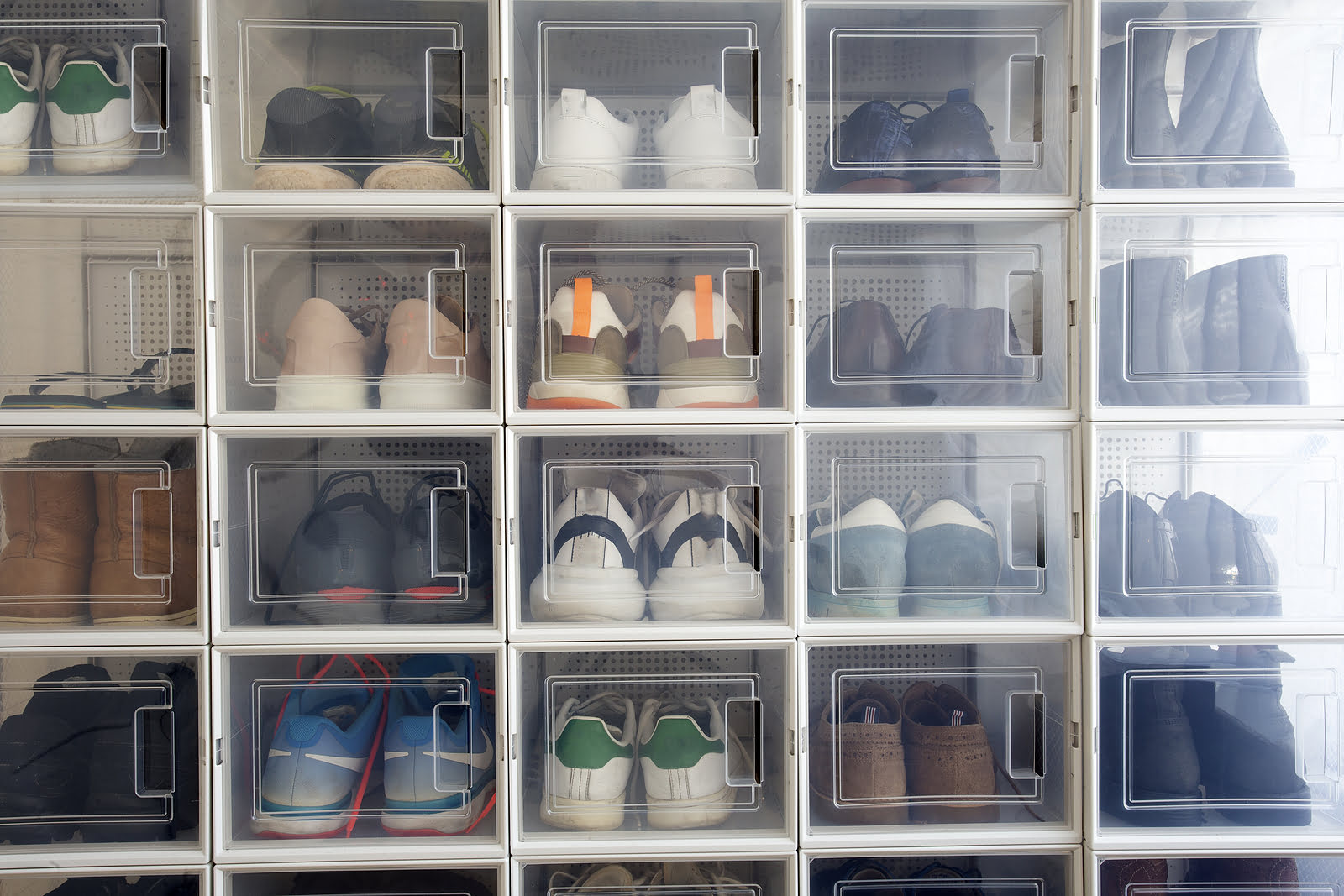
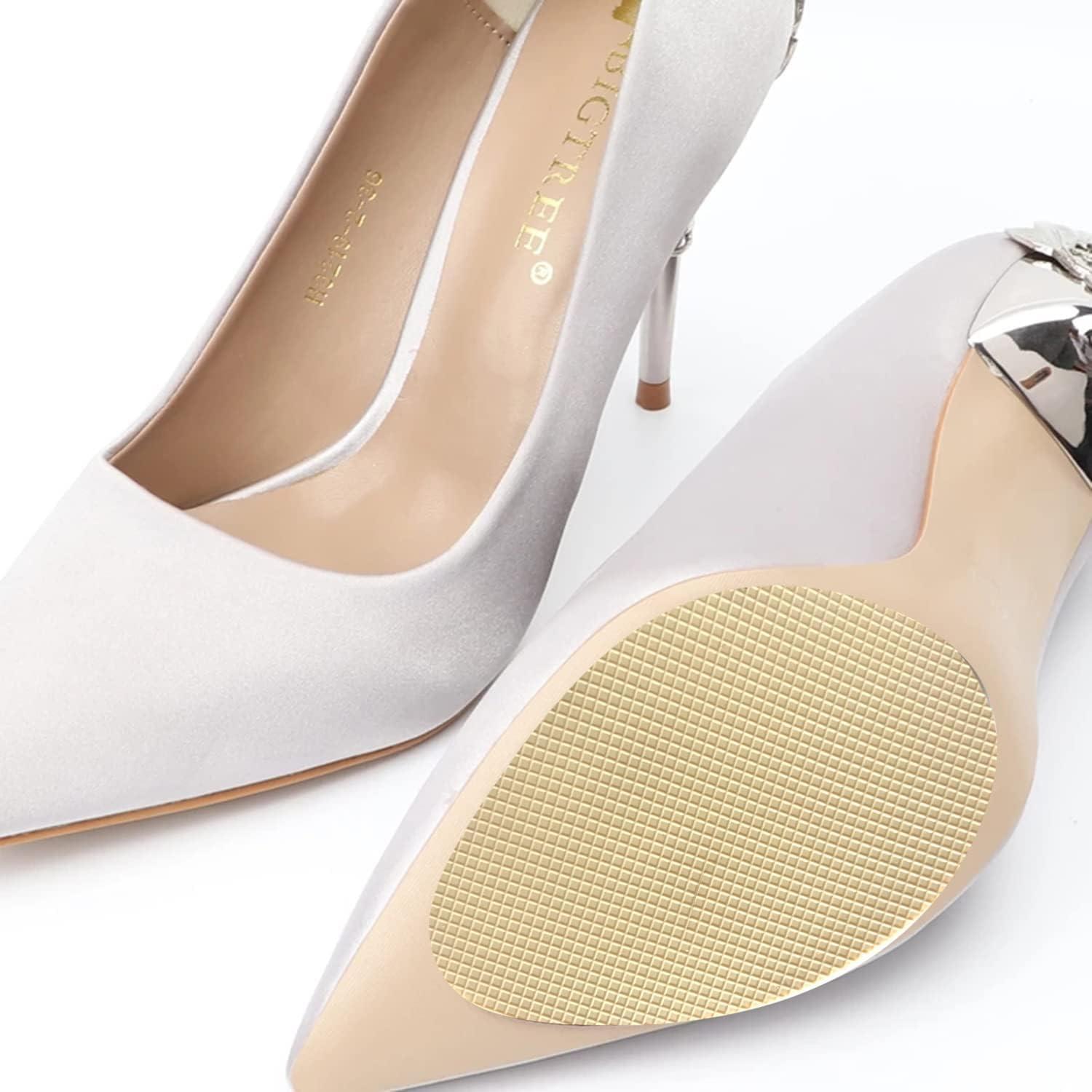
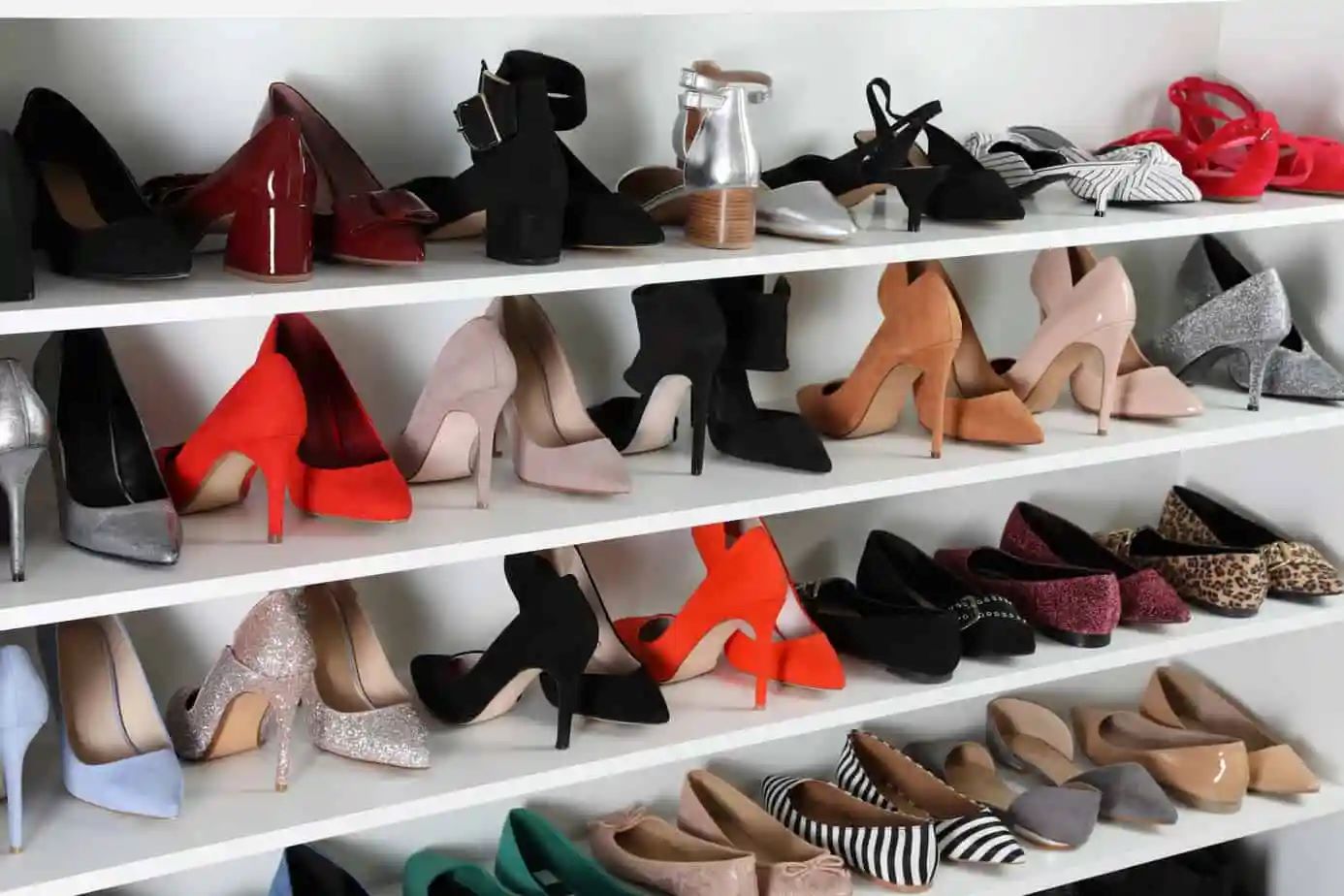
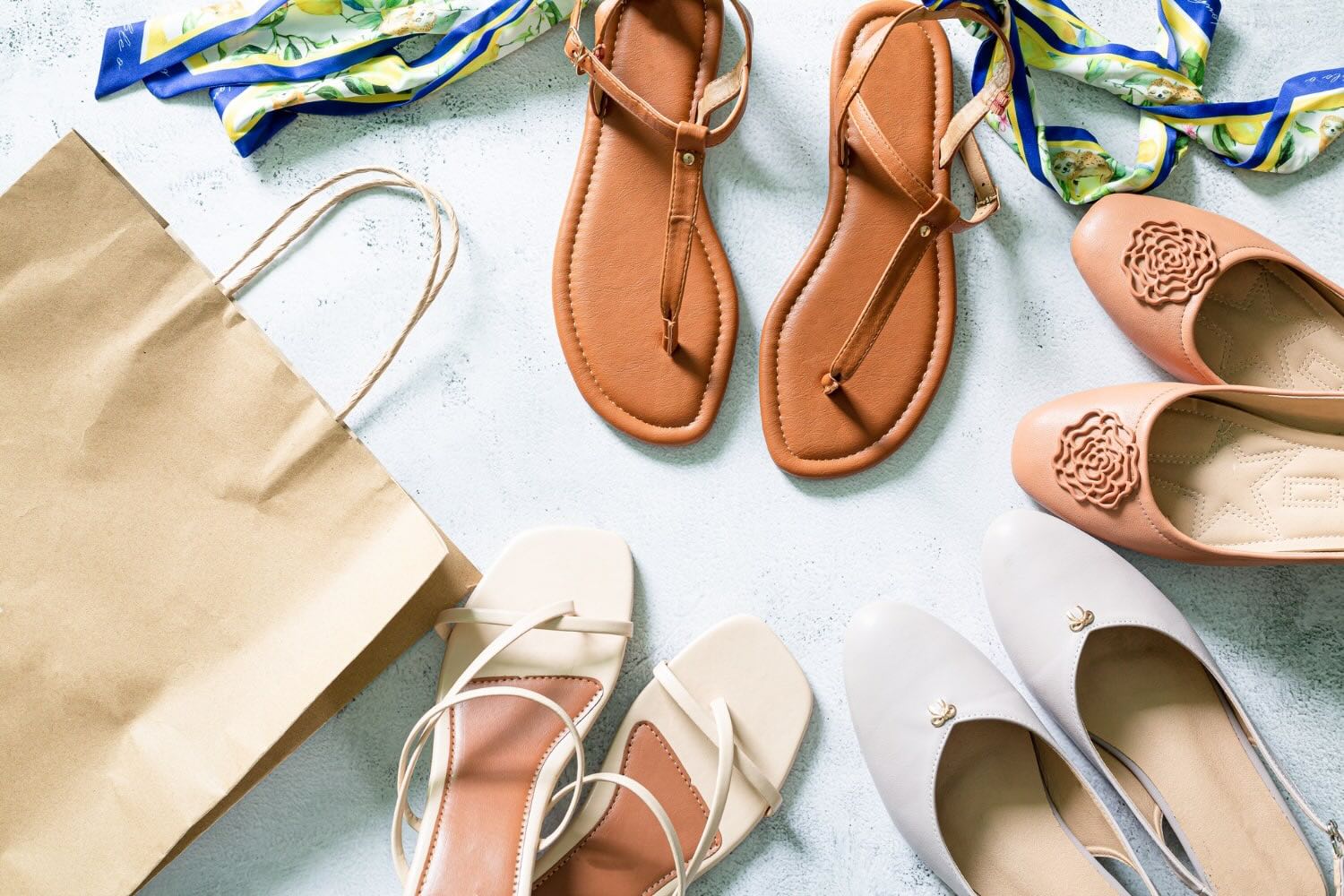

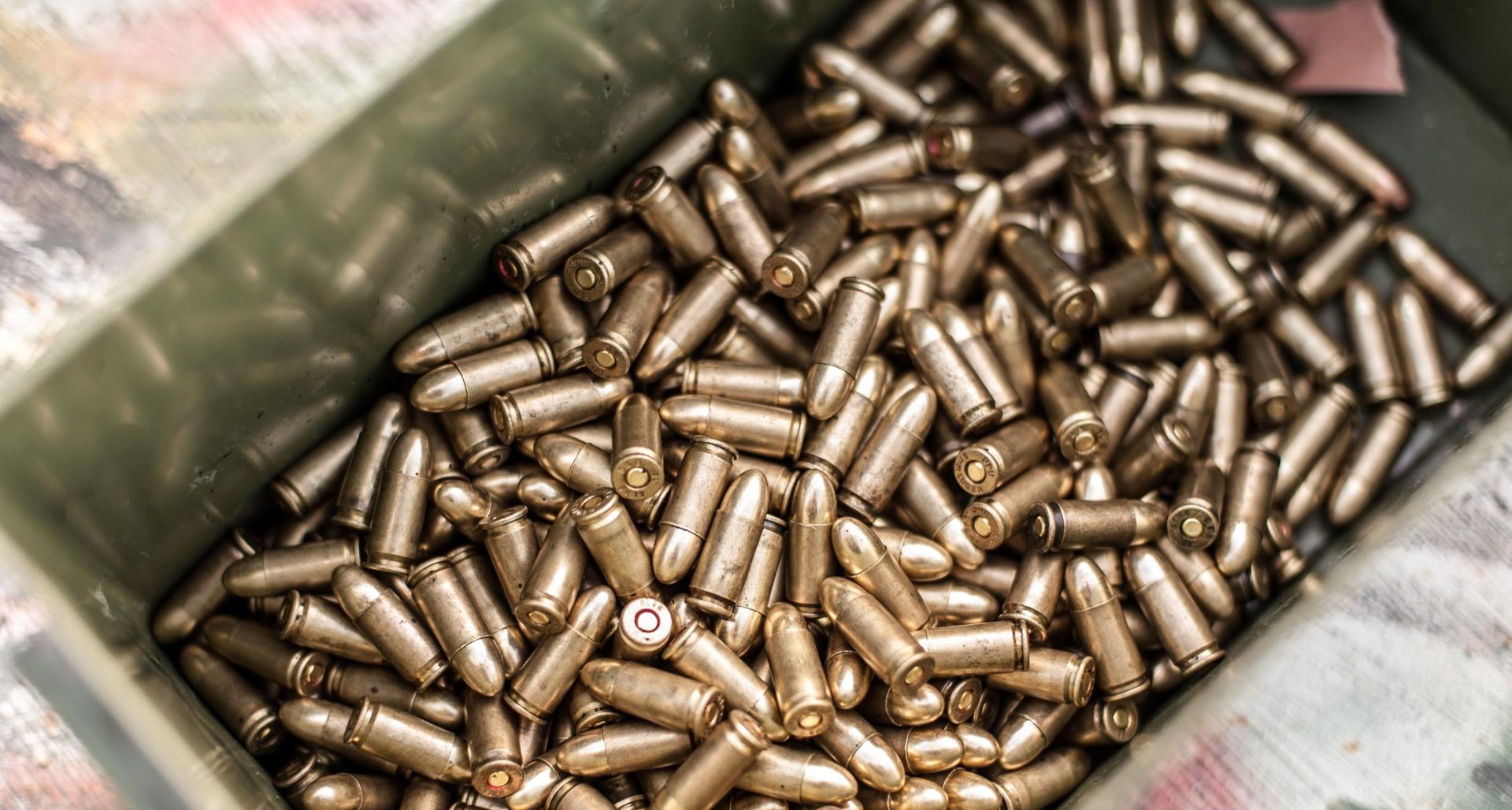


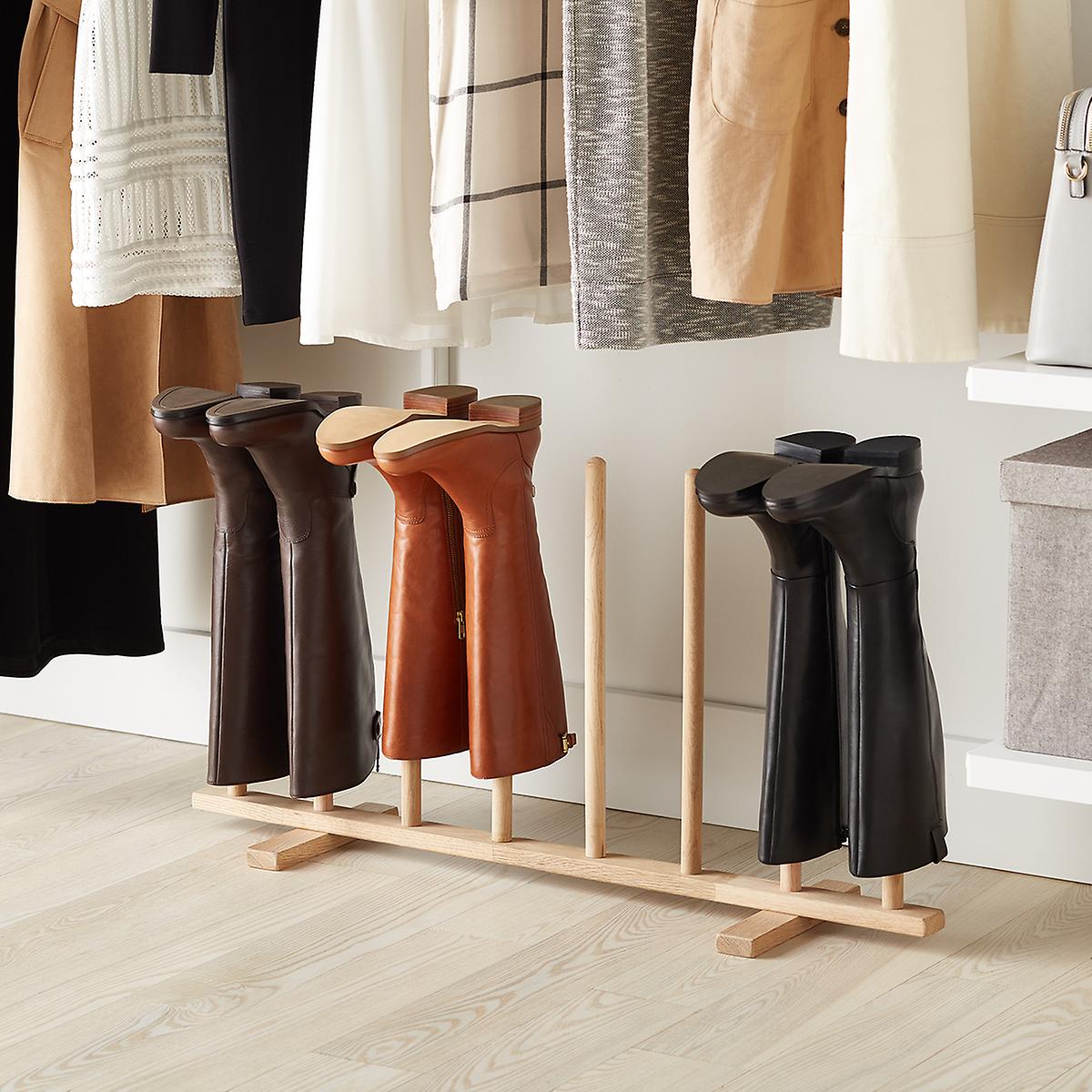
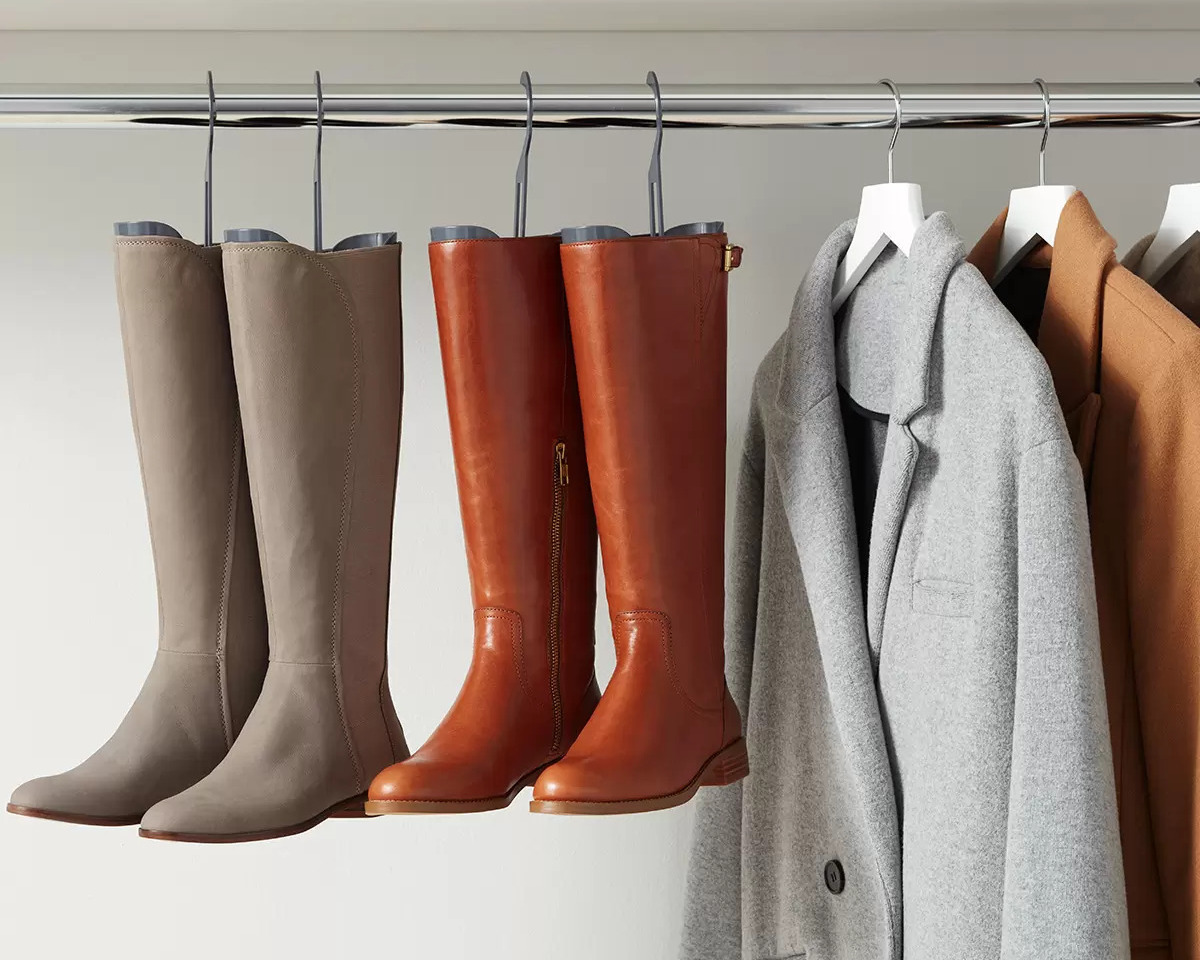
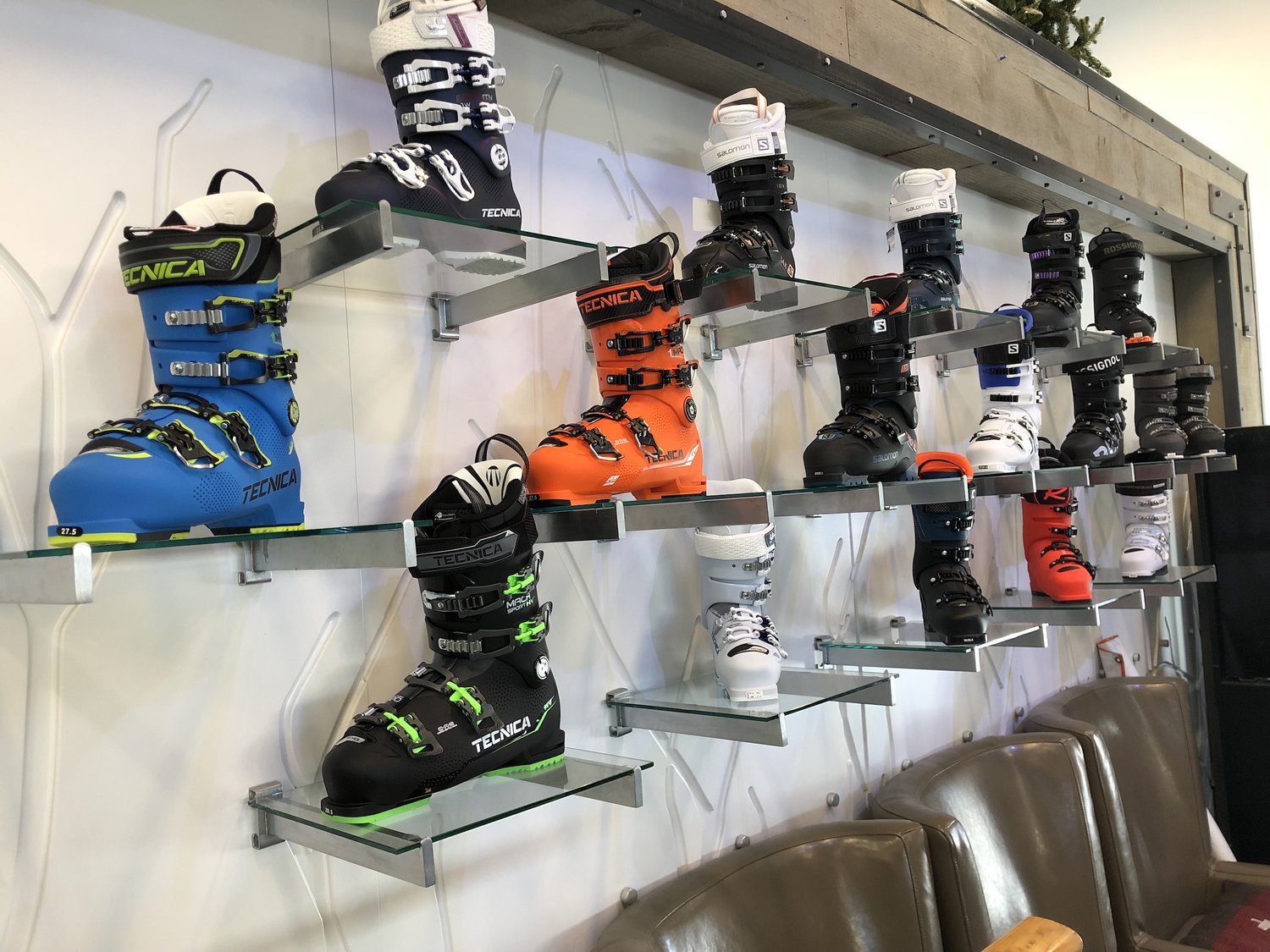
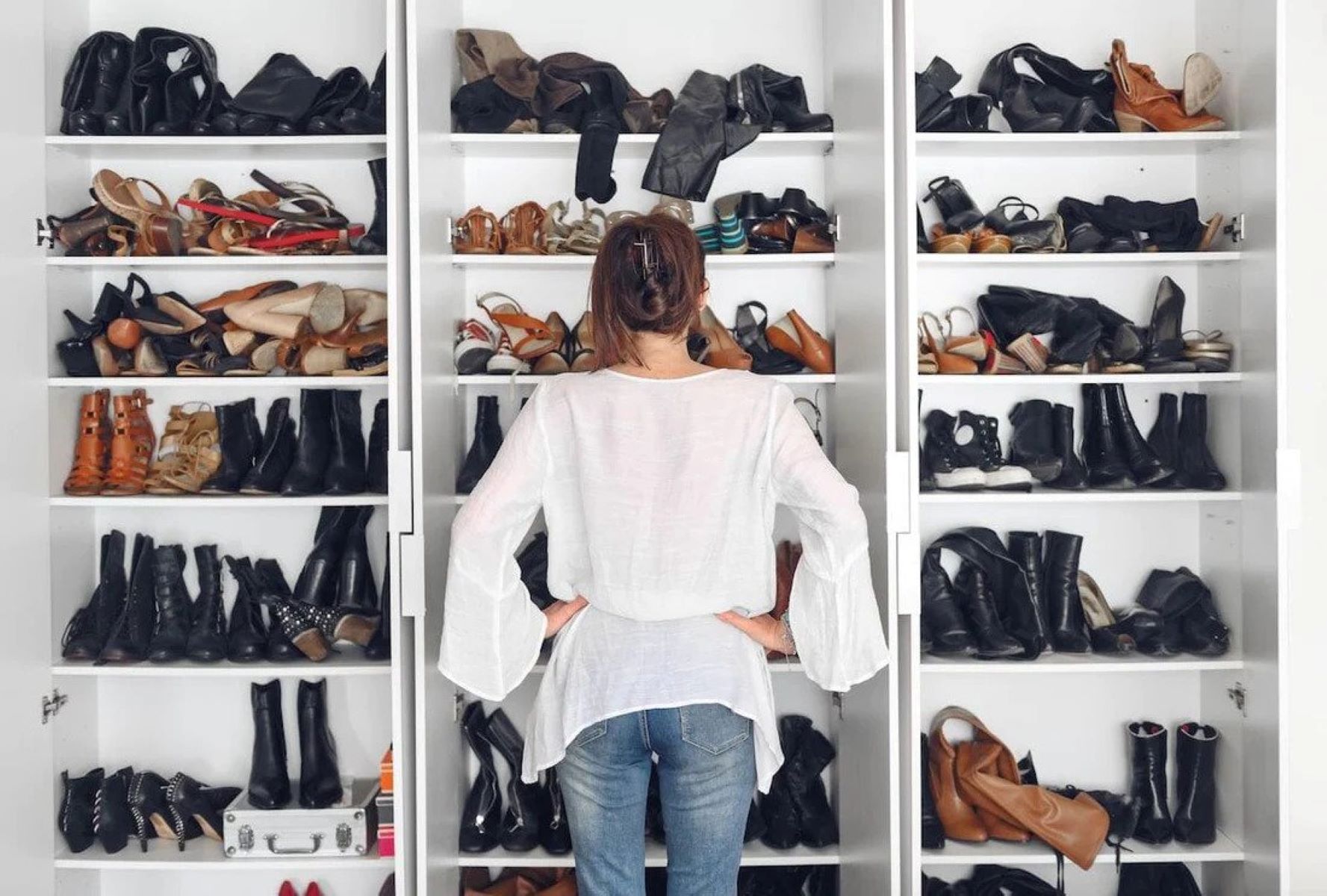
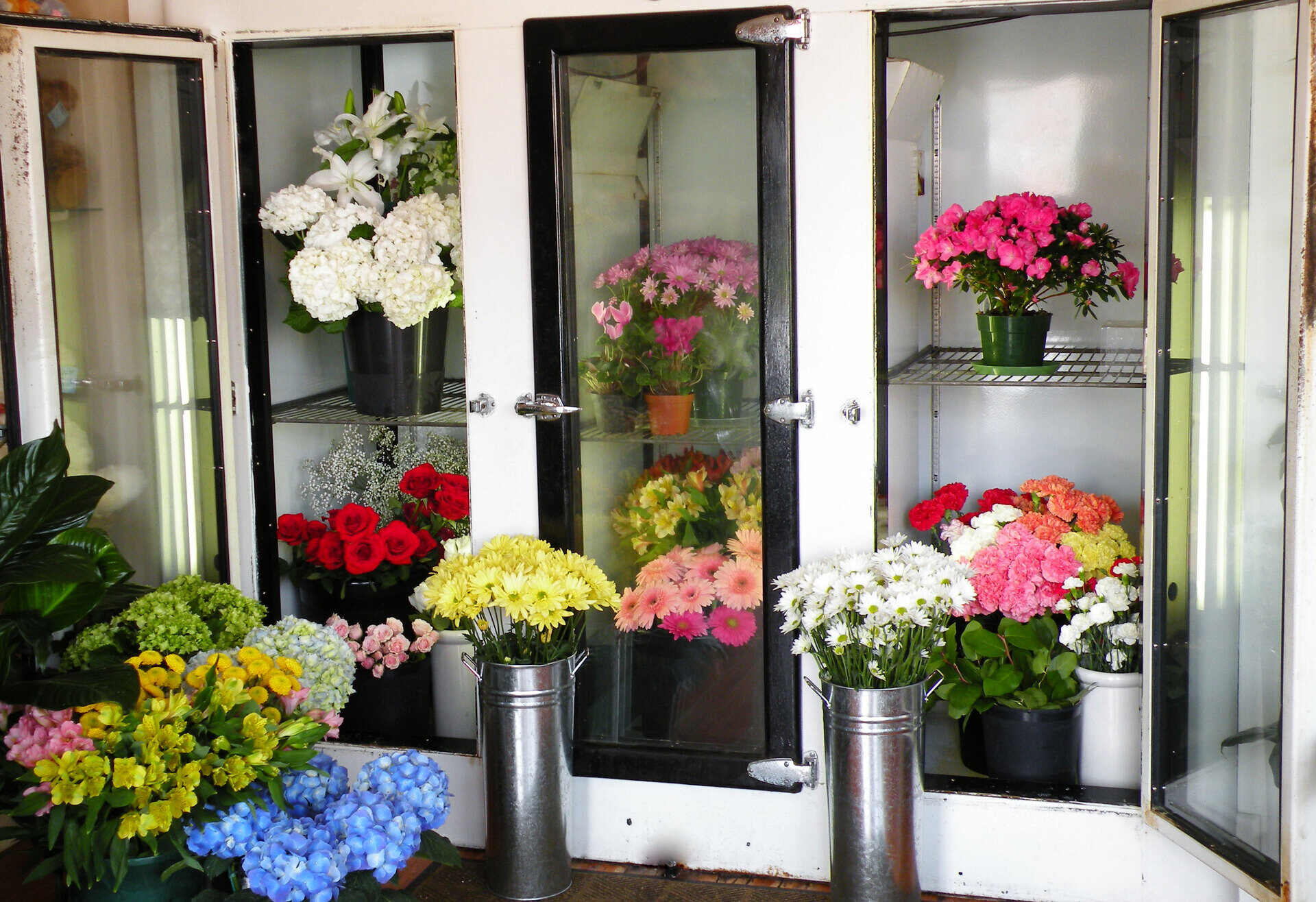

0 thoughts on “How To Store Leather Shoes For A Long Time”